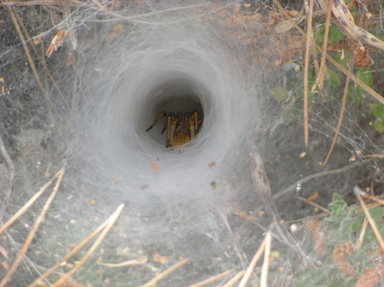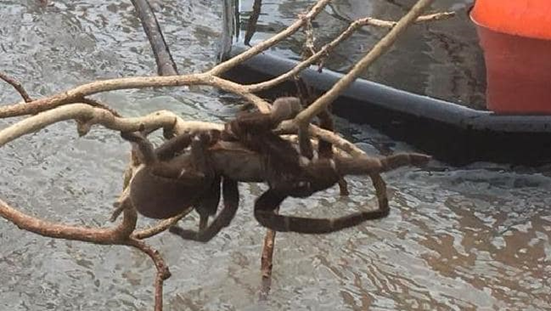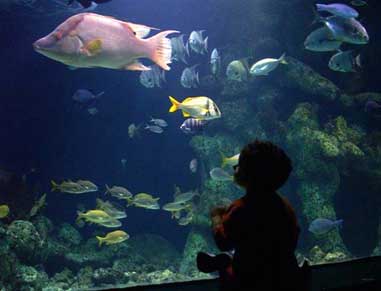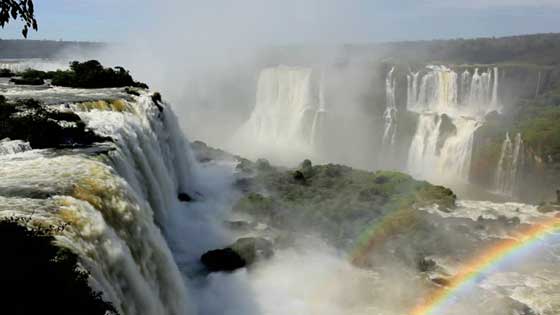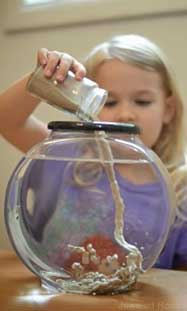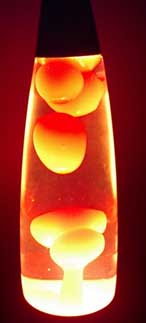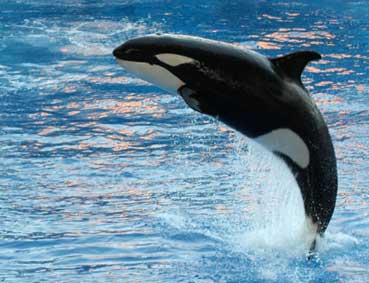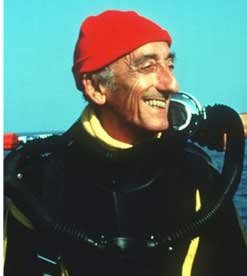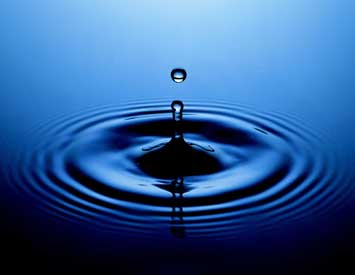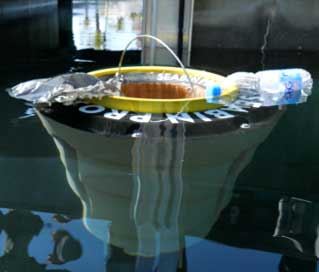The most venomous spider in the world… could be in your backyard!
Simon Watts2021-02-03T09:39:36+11:00A killer is lurking in the suburbs of Sydney, an arachnid with a venom that is powerful enough to kill you in less than an hour. According to Guinness World Records, the title of ‘World’s Most Venomous Spider’ goes to the male Sydney funnel-web. In 2015, after consulting with venom experts, Guinness World Records awarded the record to the Sydney funnel-web. The previous title holder was the Brazilian wandering spider.The reason for the change was that while the Brazilian wandering spider had been shown to be more deadly in studies on mice, its venom isn't particularly effective against people. The venom [...]

